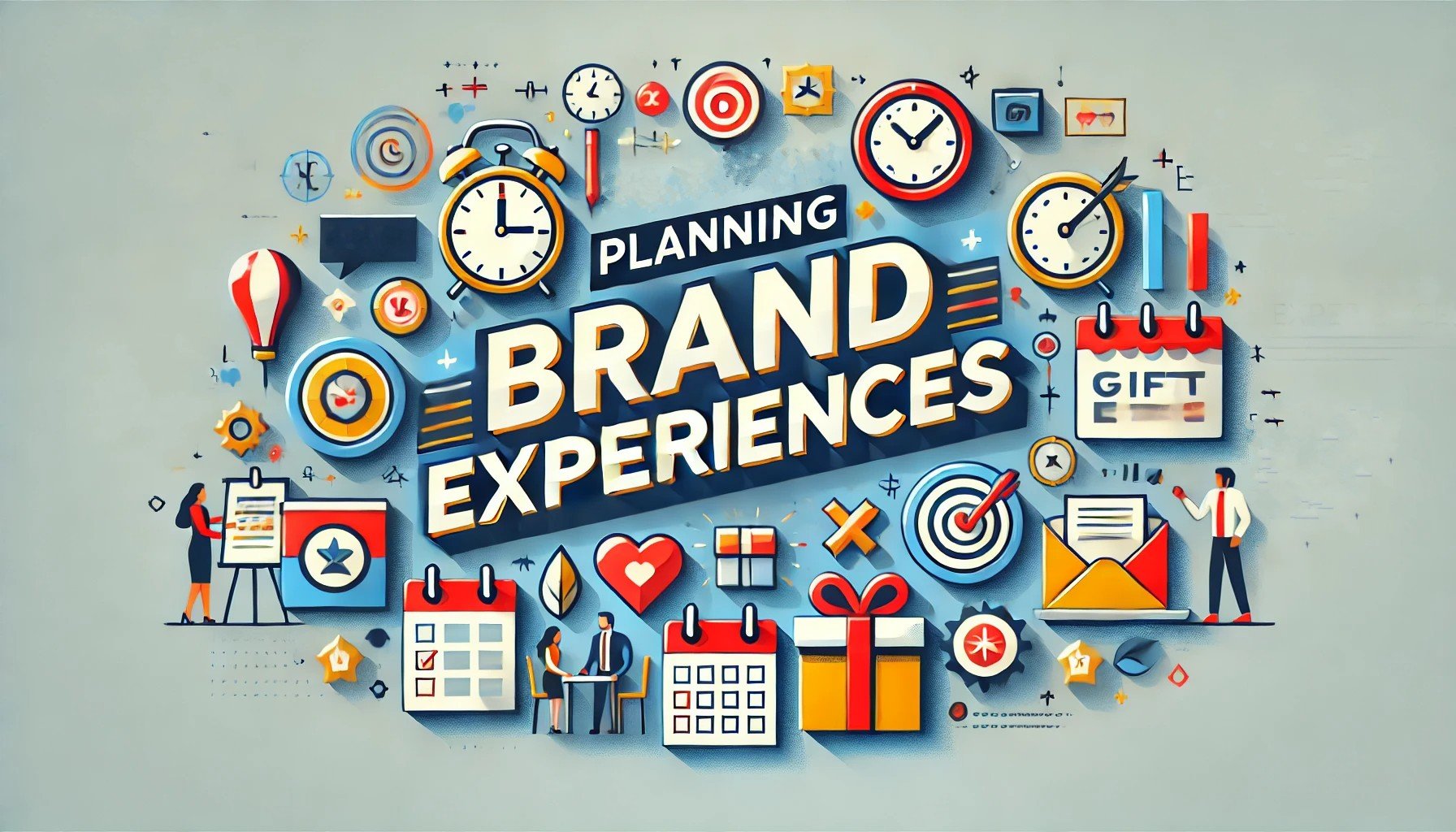Planning Brand Experiences: 9 Tips to Crush It in 2025
Experiential marketing is on the rise again, with global investment projected to reach $128.35 billion by the end of 2024, largely driven by the United States. This is a 10.5% increase over 2023, surpassing pre-pandemic investment levels for the first time. The resurgence of live events is caused in part by increased digital fatigue and a craving for authentic, in-person experiences. A recent Event Marketer Magazine EventTrack survey revealed key insights:
Event Budgets are Increasing: 74% of Fortune 1,000 marketers expect to increase spending in 2025.
Attendees are Committed to Events: 56% of attendees plan to participate in more consumer events, B-to-B meetings, and trade shows in 2025 compared to 2024.
Experiences Enhance Brand Affinity: Two-thirds (66%) of event attendees report feeling more positively about a brand after engaging with it at a live event.
If experiential marketing and live events are on your radar for next year, now is the time to start planning. Here are nine tips to get the most out of your event activation efforts in 2025:
1. Start Early for a Competitive Edge
Getting a head start on your planning, ideally 3 to 6 months or more, gives you time to secure top venues, A-list talent, and the best vendors before they’re locked up by someone else. Starting early also gives you more room to explore creative options, tackle logistical/operational challenges, and avoid the costly mistakes that come with rushing decisions.
2. Benchmark Against Competitor Activations
Look at what your competitors are doing, but don’t just copy them. Understanding the landscape helps you identify gaps and opportunities to do something different, something memorable. It also keeps you ahead of trends, so your campaign feels fresh and forward-thinking.
3. Budget for Impact, Not Just Costs
How you allocate the budget matters just as much as the amount. Focus on the elements that drive audience engagement, including immersive technologies, interactive installations, and high-quality staff. Cutting corners on areas that directly impact the audience experience is a mistake that can significantly reduce your ROI.
4. Create with Business Goals in Mind
Every creative idea and participant journey should tie directly to your business objectives. Whether it's generating leads, increasing brand awareness, or promoting a new product, make sure the experience you design drives those goals and encourages participants to take action. This alignment is what will ultimately justify the investment to your leadership team.
5. Design with Measurement in Mind
You can’t manage, defend, or improve what you don’t measure. From the outset, determine which key performance indicators (KPIs) will demonstrate the success of your campaign, whether that’s the number of leads captured, social media engagement, sales conversions, and other relevant campaign metrics. Incorporate those KPIs into your planning so you’re ready to track and report results.
6. Plan for Scalability and Contingency
Flexibility is key. Whether it’s accommodating more attendees than expected, navigating last-minute venue changes, or replicating the activation across multiple markets, your activation should be designed to scale up or down without breaking the experience. Have backup plans in place so unexpected shifts don’t derail the entire project.
7. Ensure Logistical Feasibility
Logistics play a vital role in bringing your creative vision to life behind the scenes. It's essential to think through how the experience will work and to plan early. Consider critical elements such as venue permits, transportation of assets, coordination with vendors, and production timelines, among others. Careful and thorough logistical planning can save you a lot of headaches later on. Not only does it help keep your event organized, but it also ensures a seamless experience that runs smoothly on the big day.
8. Develop a Pre- and Post-Event Engagement Strategy
The experience doesn’t start or end with the event itself. Build excitement in the lead-up with pre-event teasers, social media challenges, and influencer partnerships. After the event, keep the momentum going with post-event content, follow-up offers, and incentives that keep your brand top-of-mind long after attendees have gone home. Don’t forget to track and analyze participant sentiment before and after the experience in order to optimize and refine future event efforts.
9. Hire an Expert to Maximize Success
If you really want to maximize the success of your campaign, bringing in an expert is a no-brainer. An experiential marketing partner knows how to manage the complexity, from creative ideation to logistics and execution. Whether you're looking for a full-service partner or support for an existing team, hiring a professional saves time, prevents costly mistakes, and ensures the experience is championed by participants and stakeholders alike.
Ready to bring your 2025 experiential marketing vision to life? RoninXM is here to help. Our experienced consultants specialize in planning award-winning live brand experiences for less. Whether you need turnkey solutions or strategic support for your team, our consultants deliver results. Contact us today.

